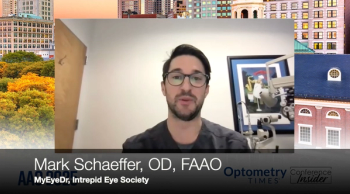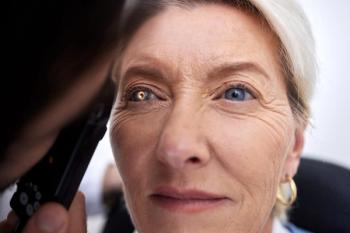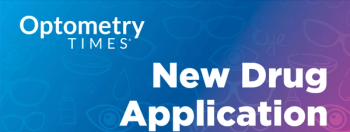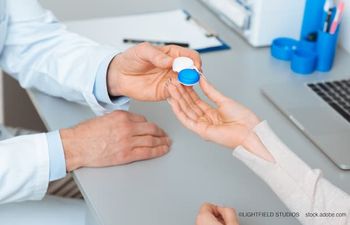
Ring-IT facilitates eye drop adherence in visually impaired patients, study suggests
Ring-IT was designed using a 3D printed model of a rigid plastic ring clip, and manufactured at Maker Health Space Medical Fabrication Laboratory at the University of Texas Medical Branch at Galveston.
A novel tactile 3-dimensional bottle ring adaptor, Ring-IT, developed to improve the identification and dosing frequency of eye drops for low-vision patients, was found to be efficacious in this patient population,1 according to first author Praveena K Gupta, PhD. She is associate professor, Department of Ophthalmology and Visual Sciences, The University of Texas Medical Branch at Galveston, Galveston.
This new device addresses a challenge commonly faced by low-vision patients, namely, adhering to dosing frequency when managing multiple eye drop medication bottles.
In a study to test how well the ring adaptor worked, Dr. Gupta and colleagues conducted a 2-phase study, first in healthy subjects and then then in visually impaired patients. The adaptors that were designed to be placed on the medication bottle necks had either 1, 2, or 3 protrusions with cube or sphere endings.
Ring-IT was designed using a 3D printed model of a rigid plastic ring clip, and manufactured at Maker Health Space Medical Fabrication Laboratory at the University of Texas Medical Branch at Galveston.
In phase 1, 20 healthy subjects experienced 20/200 low vision in a vision simulator. In phase 2, 26 visually impaired patients with 20/70 or worse vision were randomized to 6 combinations of varying protrusions and shapes on the bottle necks and they were tasked with identifying the shapes and protrusion during different presentations. The patients’ responses and time to identify the bottle neck characteristics were recorded.
The investigators reported that in phase 1, 98.3% of subjects correctly identified the number of protrusions, the mean time to which was 4.5±6.1 seconds. The cubes and spheres were identified correctly, respectively, 91.7% and 73.3% of the time (average identification times, 9.9±7.6 and 10.9±9.0 seconds).
In phase 2, 92.3% of subjects correctly identified the number of protrusions (mean identification time, 6.0±3.0 seconds. The patients’ success rates with identifying the cubes and spheres were 78.2% and 74.4%, respectively average identification time, 7.5±4.8 and 8.5±5.6 seconds, respectively.
The researchers concluded, “Ring-IT was identified with accuracy and speed by both low-vision simulated subjects, and by patients with true limited visual capabilities. These tactile bottle neck ring adaptors can be used as an assistive low-vision aid device and may increase eye drop regimen adherence in visually impaired patients.”
The researchers believe that their study “holds breakthrough potential to catalyse a shift in clinical practice, providing a practical tool to enhance topical eye drop adherence in patients with visual impairment. This innovation could have a profound impact on both patient care and policy considerations,” they said.
Reference
Gupta PK, Ishihara R, Zhao Z, et al. Novel tactile bottle neck adaptor facilitates eye drop adherence in visually impaired patients. BMJ Open Ophthalmol. 2023;8:e001462. doi:10.1136/bmjophth-2023-001462
Newsletter
Want more insights like this? Subscribe to Optometry Times and get clinical pearls and practice tips delivered straight to your inbox.



















































.png)


